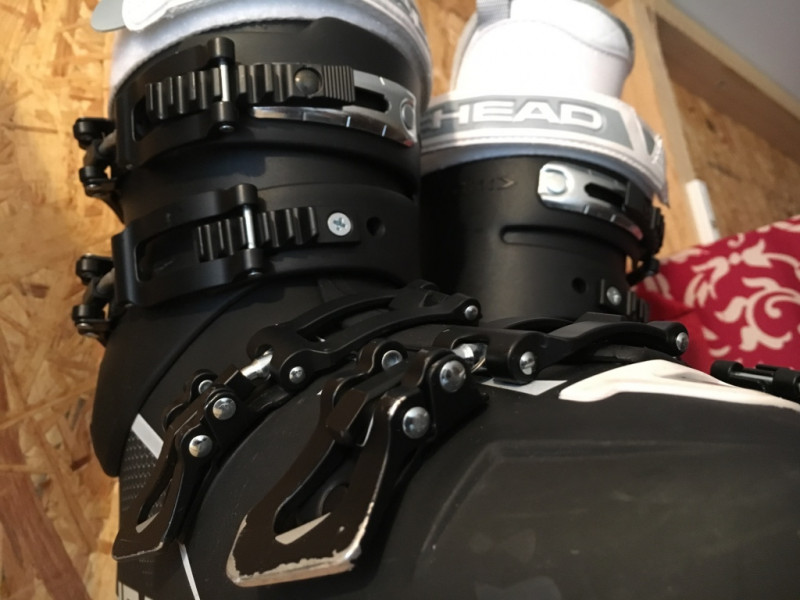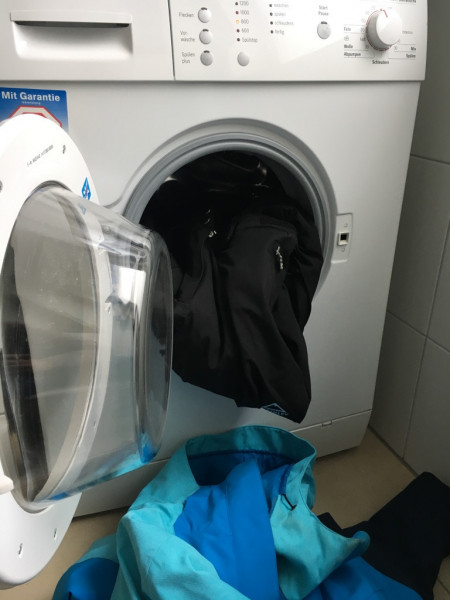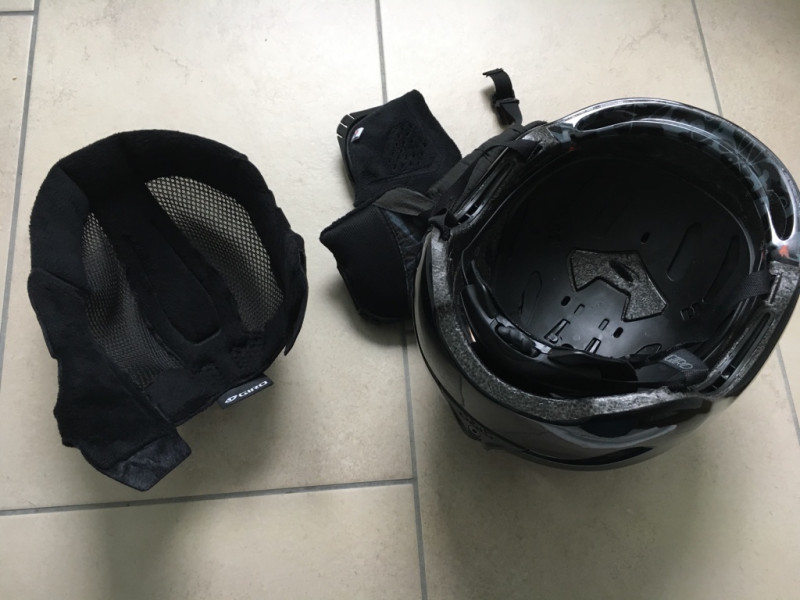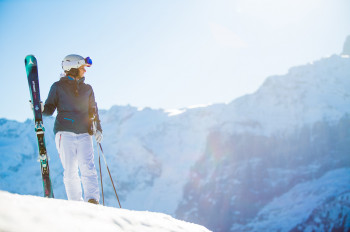Summer is just around the corner and the ski equipment can be stowed away again. If you're planning on heading back on the ski slopes next winter though, don't just through your gear into the basement during the break. We'll show you how to thoroughly clean your equipment and store it properly.
Seal the slides with hot wax
To prepare your skis or snowboard for the summer break, you need to thoroughly clean and dry them. Now is also the time to carefully repair damages in the coating. Be sure to sand down rusty edges to prevent the rust from spreading further. If there's no rust, don't bother sanding the edges since they become blunt over the summer anyway.
Afterwards, seal the the slides and edges with a layer of hot wax. Don't remove this protective film before storing your skis in order to conserve the coating and edges during the summer break. The film protects the edges from flash rust and oxidation, prevents the coating from drying out and keeps it elastic at the same time. Once the next season begins, all you'll have to do is remove the leftover wax, sand down the edges and maybe uncovering the skis' or board's structure with a copper brush.
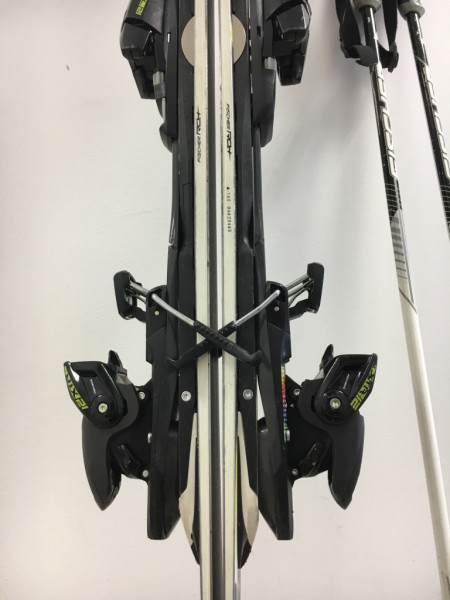
Clean the binding with water
The binding's mechanics should be cleaned with water and sprayed with a special spray at the end of the season. Don't forget to have the adjustments of the safety binding checked before heading back on the ski run in winter. This is important, as the trigger values can change over the summer.
Store in a dry and cool environment
Once all that is done, you can store you skis or snowboard in a dry and cool room. Make sure the variations in temperature aren't too large there. They lead to condensation which can result in rust.
Don't stick the skis in one another, meaning don't entangle the brake levers, since this puts permanent tension on the binding. It doesn't matter whether you store your skis in a lying or standing position as long as you don't lay them down on the coating. Additionally, you can put them inside a dry ski bag to protect them from dirt and dust.
If you're unable to or don't want to prepare your skis yourself, definitely take your skis to your retailer's ski service at the start of the next season.
Clean and dry your ski boots
Before storing you ski boots, you should clean them and let them dry thoroughly. Take the inside of the shoes out of the hard shell for a couple of days to air and dry them. Alternatively, you can use a boot heater. The important thing is that you put the inner part back without wrinkling it, once it has dried. This can take a bit of patience, but is necessary to prevent the shoe from pushing on your foot later. To fight unpleasant odors, use shoe deodorant or a disinfectant spray.
Close the buckles
You should close the buckles before storing the boots in order for them to maintain their form. The boots can be kept in a dry and dark environment. If the boots are exposed to too much sunlight, the material can become porous. You can also fill the insides of the boots with newspaper to soak up possible moisture and prevent mold from developing. Remember to change it regularly, though.
Wash ski wear carefully
Functional clothing should be washed as little as possible, but as much as is needed. As long as your ski suit isn't too dirty, it's enough to let it air out thoroughly. If you wash your ski clothes, do so in the gentle cycle (30°C/86°F) and don't use any fabric softener, since it clogs up the clothes' pores and, causing the fibers to lose their functionality. If you want to play it safe, have your ski wear cleaned professionally. Let them dry in the open air or in the dryer (carefully). Down jackets can be washed with a dryer ball to keep the downs from clumping up.
Waterproof your dry clothing
After washing your clothes and letting them dry, you should also impregnate them. It's best to do so outside, since the sprays have a strong smell. Only apply the impregnation on the outside to make sure that sweat can continue to be transported from the inside to the outside of the jacket. A little ironing at low heat will fixate the protection. Finally, air out the clothes again before storing them. Remember: Gloves should be cleaned, disinfected, impregnated and dried as well. Worn out items should be replaced as soon as possible.
Check helmet, protectors and goggles
Other items of your ski gear, such as ski poles, helmet, ski goggles and protectors, should be cleaned and checked for suitability before storing. Worn down or defective parts like scratched goggles or torn baskets and straps on your ski poles should be replaced. If you've fallen while skiing, definitely check your helmet and protectors. Once you've made sure your gear is still functional, it can be maintained and stored.
Remove and wash helmet padding
Take out the padding from your helmet, wash, disinfect and dry it and then put it back in the helmet. Gently wash the helmet's shell. Your goggles should be cleaned as well. You can clean the outside with a microfiber cloth, but the inside is often coated with a special protective layer, so be careful. It's best to rinse off the goggles with clear water and carefully dab it dry. Remove the batteries from gear like avalanche beepers or action cameras if you're not planning on using them for a longer period of time.

